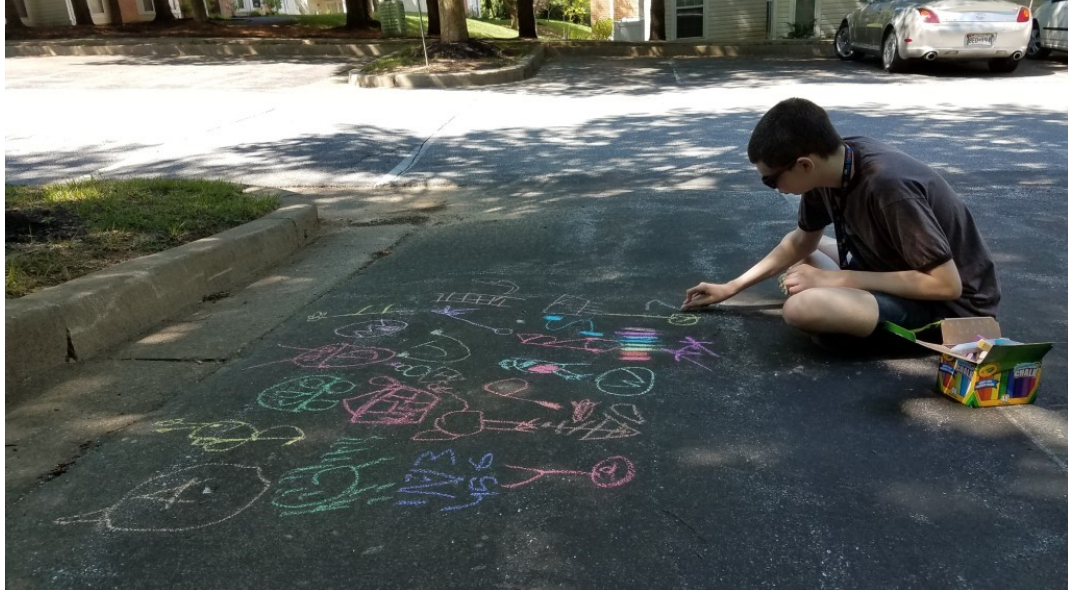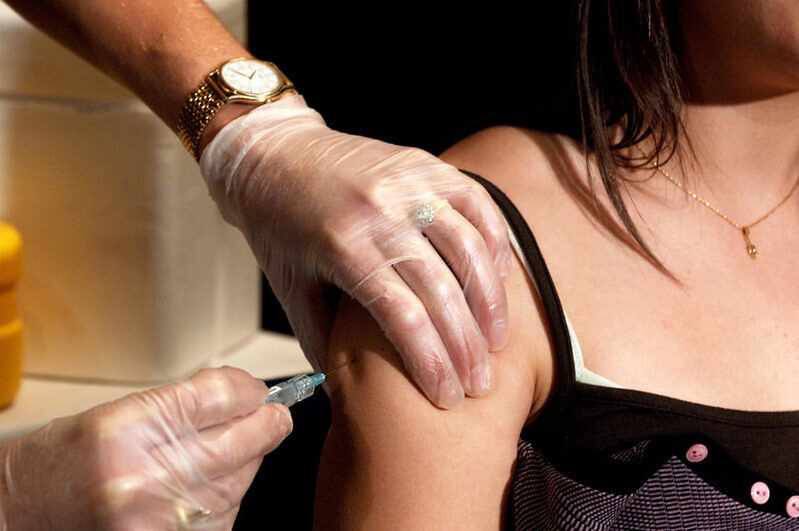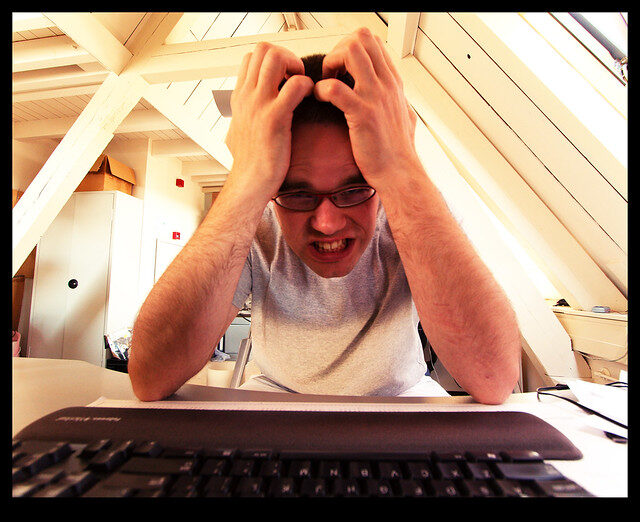Sunday Stillwell For the past three years, I have worked in a local elementary school as a one-to-one support aide to a handful of K-2 students with various intellectual disabilities, in a self-contained functional academic life-skills (FALS) classroom. My job is to assist the student I am working with in all aspects of their day. I sing songs during circle time, help them learn to request items with their communication devices, teach ABCs and 123s, and during recess I play tag because it made everyone giggle and little bodies have a lot of energy to burn in the last two hours of school. But, hands-down my favorite days are the ones when we draw pictures, sculpt creatures out of clay, or create masterpieces in art class using bits of rolled up tissue paper, glue, and a vivid imagination. My favorite days. Then, in March 2020, COVID-19 hit, and those in…
Tag: Covid-19
Photo © VCUCNS | Flickr / Creative Commons [image: A person wearing a black tank top getting a vaccine injection in their shoulder.] by Kate On Monday, February 15, I was lucky enough to get my first dose of the new Moderna vaccine for the COVID-19 virus. I say lucky, but in reality, it was a matter of various privileges, such as race, class, and education, all combined with the fact that I moved into a certain type of housing last summer. I had been communicating with a staff member for my local health department about something else related to the pandemic, and when the subject of vaccines came up, this person told me that I qualified and I should make an appointment right then. So I did: CVS, a local pharmacy chain, had just been allocated a large number of vaccines, so it was fairly easy for me at that…
“I like to remind people that health departments and institutions are not just the buildings: There’s mothers and fathers and uncles and aunts and brothers and sisters working there. And we have people who we care about, people who are from all walks of life. And we are doing it for them as well.”
Photo © Sybren Stüvel | Flickr / Creative Commons [image: Frustrated white person at a computer keyboard. Their hands are on their head covering their hair, and they are wearing glasses.] Maxfield Sparrow UnstrangeMind.com Like many folks, I had not heard of Zoom before the pandemic. My friends in IT tell me they were using it for work meetings before much of the United States went into self-quarantine, shelter in place, lockdown, or whatever you want to call the “social distancing” we were urged to observe to help slow the spread of the virus. One bonus for me of the way things have shifted during the pandemic is that I’ve been able to join small groups of people from whom I’m genuinely geographically isolated. For the holy season, I celebrated in community with a Lodge in Sacramento. My friend, Smash Ford, invited me to attend a meeting of the Non-Binary Union…
We recently co-hosted a webinar on Disability and Inclusion Strategies During COVID-19 with Magical Bridge foundation, to address some of the issues disabled and autistic people and their families are struggling with right now. Jill Asher from Magical Bridge moderated, TPGA’s senior editor Shanon Rosa ran the questions, and our panelists were three disabled parents of chidren with disabilities: Our own editor Carol Greenburg, and disability consultants Anne Cohen and Deborah Vick. We hope this is the first of many useful sessions! Video and full transcript below. Jill Asher: Hi everyone. Good morning, or good afternoon wherever you are. My name is Jill Asher. I’m the executive director and co-founder of Magical Bridge. We are so incredibly grateful to have you join us today as we discuss disability and inclusive strategies during COVID-19. We hope everyone is safe and health and sheltering in place right now, wherever you are. A…
Photo © Tony Cheng | Flickr / Creative Commons [image: Blue medical mask painted with a toothy, red-lipped smile.] Content note: Discussion of self-injury, self-harm, and aggression. —- Of all the varied stress bombs COVID-19 has lobbed at autistic people and their families, one of the more universal is the stress caused by routine disruption, coupled with constant close quarters. Few of us are at our best under such circumstances, so we wanted to share some advice and insights from autistic people and/or parents who are experiencing what you are experiencing about handling some of the tougher aspects, like increased tendencies towards self-injury and aggression. We also want to direct people towards our existing resources: Autistic Insights on Meltdowns, Aggression, and Self-Injury Understanding Autism, Aggression, and Self-Injury: Medical Approaches and Best Support Practices Behaviour Analysis, The Autistic Way Eleven Ways You Can Make Your Autistic Child’s Life Easier First, we…
Carol Greenburg twitter.com/autisticenough Image © Shannon Des Roches Rosa [image: Photo of six people, seen from behind looking at downtown San Francisco from atop Twin Peaks.] Now that every rule of social engagement we’ve painstakingly tried to learn has been turned upside down by social distancing, it’s not just our routines that are disrupted: It’s our whole concept of the importance of Rules. I’ve heard many parents say their autistic kids are “rule-followers” and bitten my tongue wanting to ask if they thought it’s because we’re naturally rigid, or because we’ve been undergoing compliance training for as long as we can remember. Regardless of the origin, many of us cling desperately to whichever skills that get us approval rather than admonishment. Not always a bad thing, many rules certainly do make sense in appropriate context. All we-were-made-for-this jokes aside, social distancing is a stark example of a good rule in…
Photo © Katie | Flickr / Creative Commons [image:Black-and-white photo of a person wearing a hoodie and pants, seen from behind near deciduous trees, reaching up and out to the sky.] Maxfield Sparrow unstrangemind.com In the recent WWI movie, 1917, there’s a scene where the reluctant hero encounters a woman hiding behind enemy lines, trying to shush a starving baby. The baby isn’t hers so her body is not equipped to feed it. Lance Corporal Schofield had stopped to fill his empty canteen with milk—the only fluid he could find that was safe to drink—earlier that day. Although we know almost nothing about his life at that point in the film, his words and actions with the baby suggest that Schofield is a father, himself. He gives the milk to the woman and seems grateful to be able to do so. There is a lesson here. None of us are…






